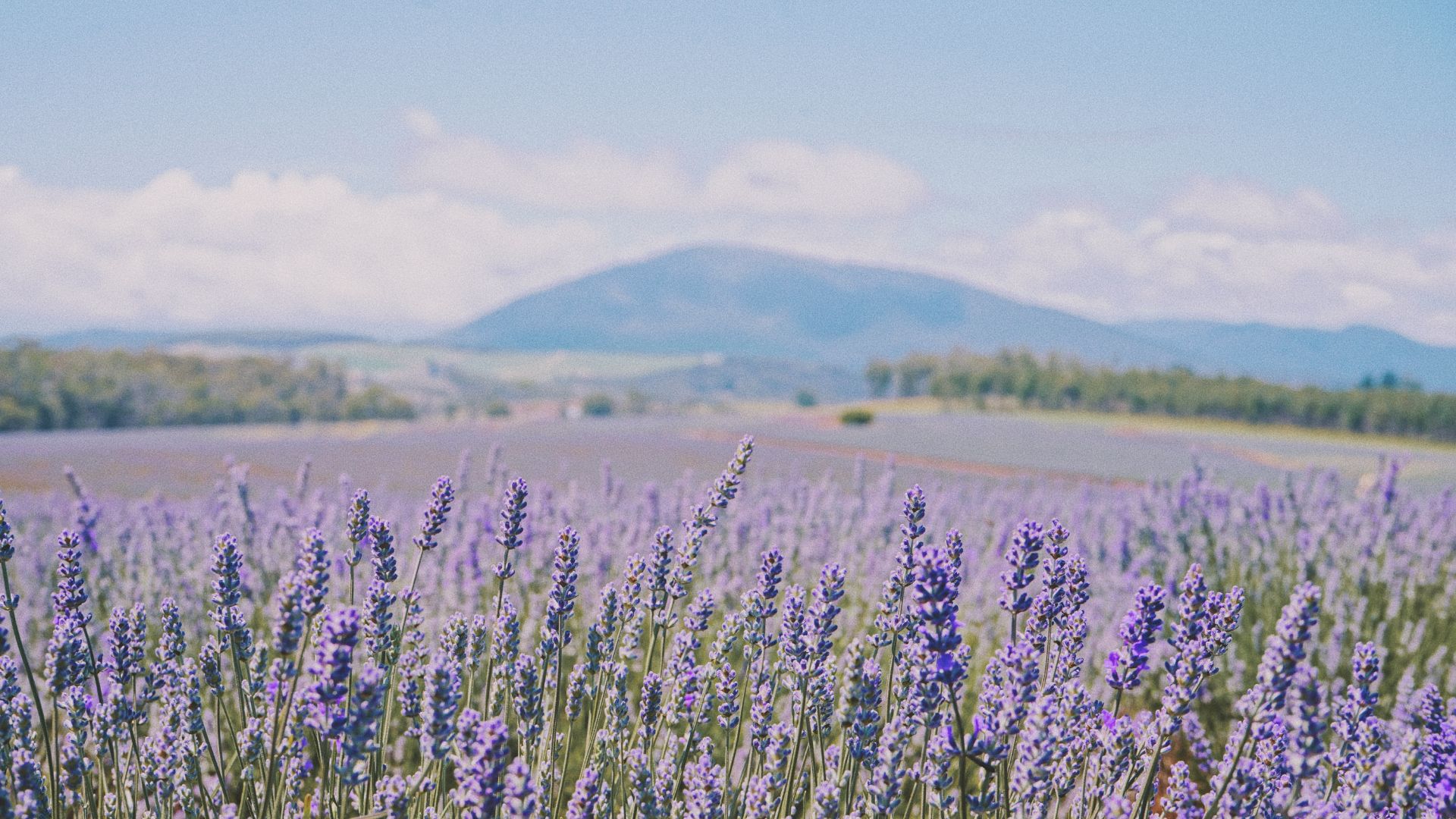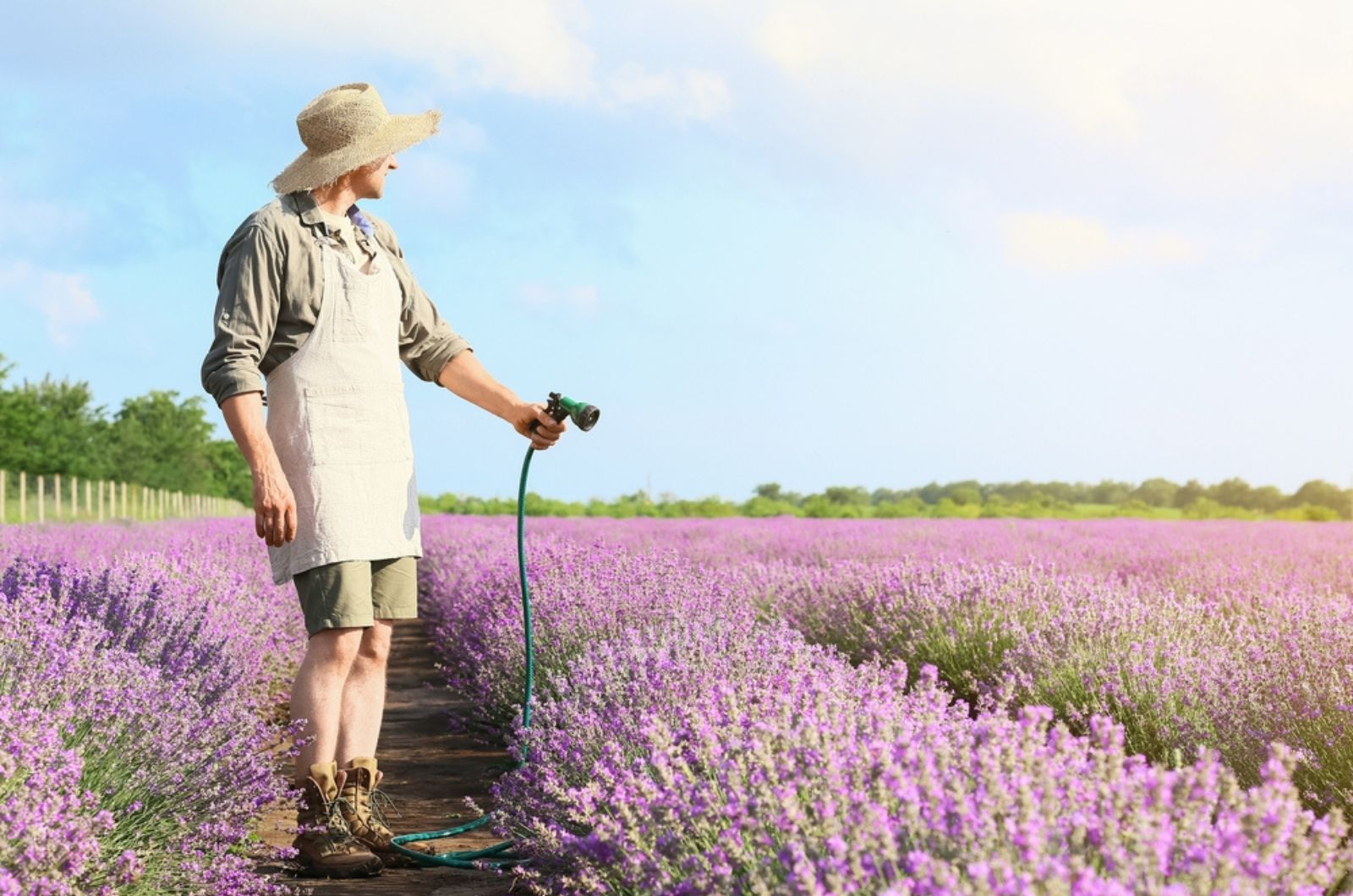I’ve fallen in love with lavender for its elegance and delightful fragrance, but also its low-maintenance and abundance (it seems as though you can put it anywhere and it’ll just keep growing!).
Yet, in the middle of the summer heat, I noticed my lavender bushes struggling a bit. I kept watering them, thinking that they needed more water during hot spells, but it turns out I was doing more harm than good!
I completely forgot that these plants are native to the Mediterranean and that they prefer drier conditions, even during the intense heat!
Overwatering, whether in pots or the ground, is a common pitfall that can lead to root rot and other issues. So, learning the right balance (when to water and how much) has been key to rescuing my lavender from completely deteriorating.
You’ll Have To Follow The Right Watering Routine
So, watering lavender is a bit of a balancing act.
What you’ll have to do is wait until the soil dries out before watering deeply at the base. Newly planted ones might need a bit more attention, especially if it hasn’t rained for a while.
Keep an eye on the weather, too. If it’s been raining non stop in your area, there’s no need to water your lavender since it has been sipping from nature’s tap.
In containers or raised beds, things can get a tad trickier. Check deep down in the pot to see if it’s drying out before watering again.
And don’t forget the drainage because lavender loves a well-draining soil (you can mix in some sawdust or peat moss if your soil feels soggy).
Once I added some soil amendments and eased up on the watering, my lavender quickly switched from soggy mess to thriving flower. Now I rarely even water my lavender because the rain takes care of it!
This might be helpful: If Your Lavender Is Going Woody, Follow These 4 Steps To Stop It
When You Water Your Lavender Matters, Too
What I also didn’t know is that the timing of lavender watering is crucial.
I watered them whenever I had free time, but it turns out it’s better to water them in the morning and avoid wetting the leaves in the day’s heat or leaving water on the foliage after sundown, which can lead to fungal diseases.
Watering in the middle of the day when it’s hottest may cause water to evaporate too quickly.
If your lavender has been overwatered, hold off on watering until the soil dries out. For potted plants, moving them to sunnier spots can help soil dry faster.
If you notice root rot after transplanting, pruning the roots may be necessary.
So remember, less is more when it comes to watering lavender during summer (even Mediterranean plants need a break sometimes!).
New to growing lavender? This guide might help you: How To Grow Lavender Successfully + Deal With Its Issues


